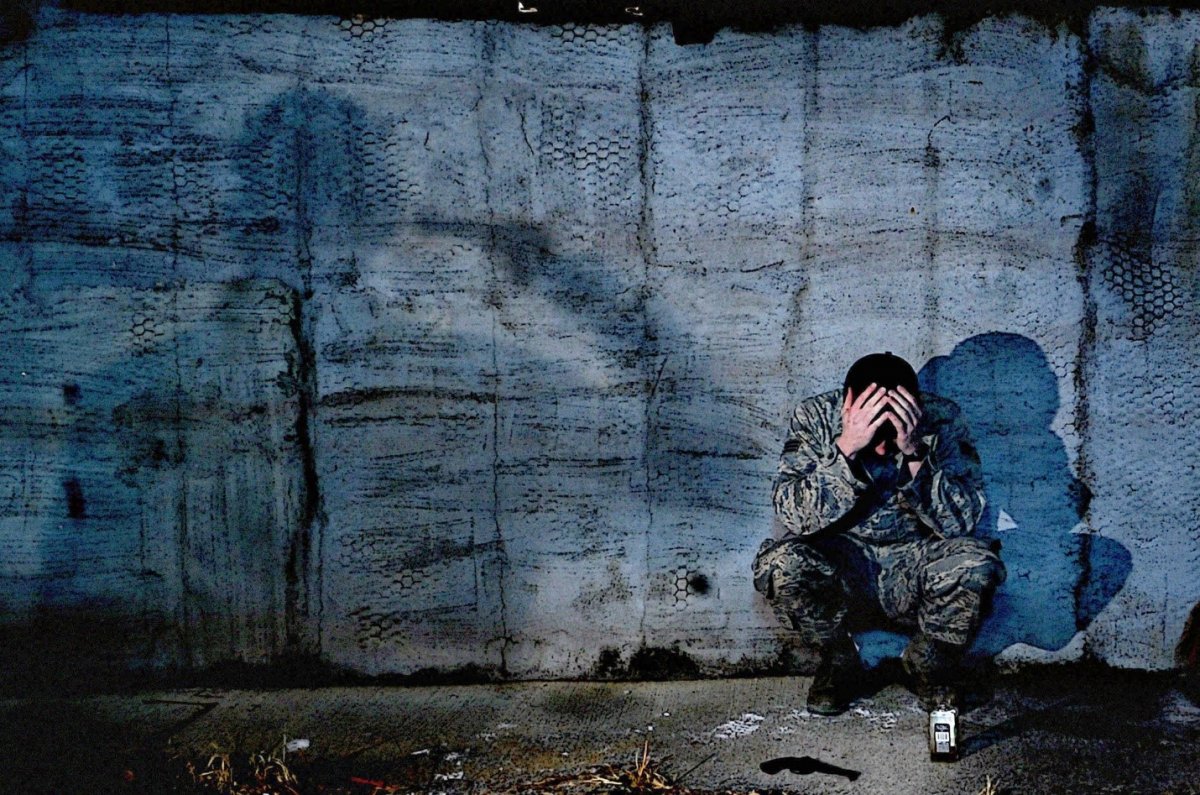
U.S. Air Force photo illustration by Airman 1st Class Corey Hook. Public domain.
Brief Description:
This intensive two-day module provides training in the assessment and treatment of suicidal ideation and behavior. Participants will receive in-depth training in cognitive-behavioral therapy for suicide prevention and will have the opportunity to practice assessment and intervention strategies. Video demonstrations and participant role-plays will be used in class to practice key assessment and treatment techniques. The module lays the foundation for working with suicidal patients by providing a detailed review of the epidemiology of suicide both in the civilian population and within the military/Veteran community. Participants will be introduced to the Self-Directed Violence Classification System (SDVCS), a nomenclature supported by the DoD/VA for self-directed violence and suicidal behavior. In addition, a review of several theories of suicide will be covered as well as a risk and protective factors for suicidal behavior. The module is designed for behavioral health providers working with Service members and Veterans who are seeking in-depth training in empirically-supported treatment options they can immediately incorporate into their clinical practice. The training will provide hands on practice activities and is geared towards an actively involved audience through discussion and in workshop activities. Participants must attend both days, as the course material is cumulative.
Note: This presentation can be presented face-to-face or as a webinar
Learning Objectives:
1. Differentiate between rates of suicide in civilian and military populations and identify the clinical implications of these differences.
2. Categorize suicidal and non-suicidal thoughts and behaviors in relation to clinical assessment.
3. Communicate several warning signs for suicide that inform decisions about clinical interventions.
4. Apply at least one psychological theory of suicide to the process of clinical assessment and treatment planning.
5. Incorporate suicide risk and protective factors unique to military populations into overall risk assessment for suicide.
6. Scrutinize unique challenges associated with suicide risk assessment and prediction in the clinical setting.
7. Assess risk for suicide in a manner that is sensitive to both proximal and distal risk factors.
8. Collaborate with a patient to complete a safety plan.
9. Use means safety counseling in patient interactions to improve clinical outcomes.
10. Create a timeline of a patient's suicidal crisis for use in treatment.
11. Evaluate key negative thoughts associated with the intent to die by suicide as related to clinical practice.
12. Apply CBT formulation of suicide using the expanded case conceptualization model of the suicidal crisis.
13. Implement cognitive, behavioral and affective coping strategies utilized in CBT-SP to help patients cope with suicide urges.
14. Characterize the modifications to standard behavioral activation when applied within the CBT-SP protocol.
15. Utilize the guided imagery exercise as part of the relapse prevention protocol for CBT-SP.
